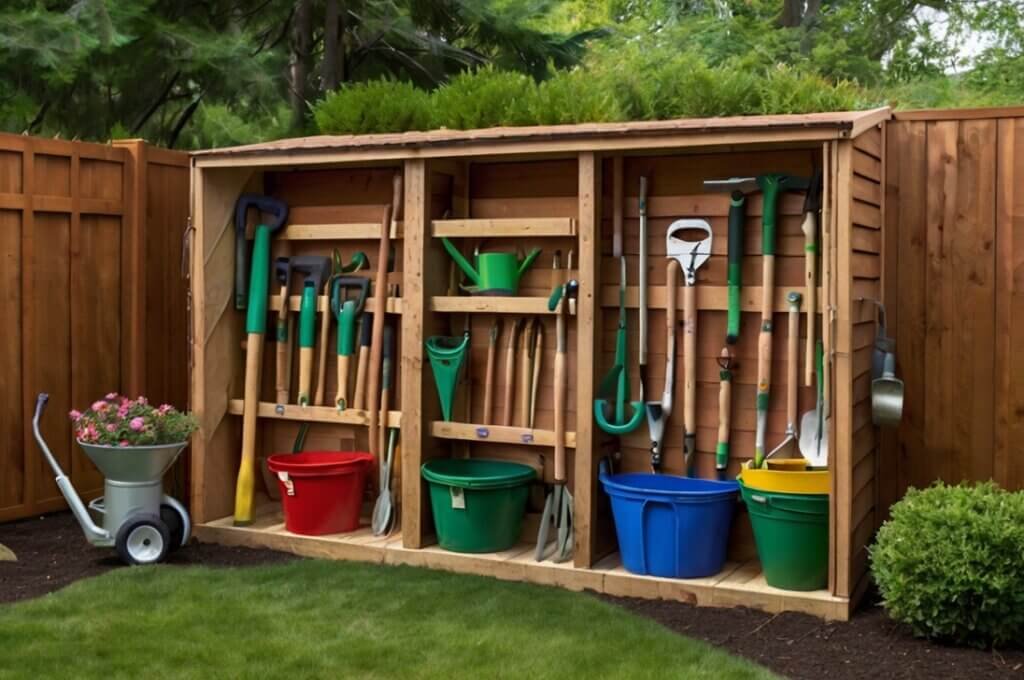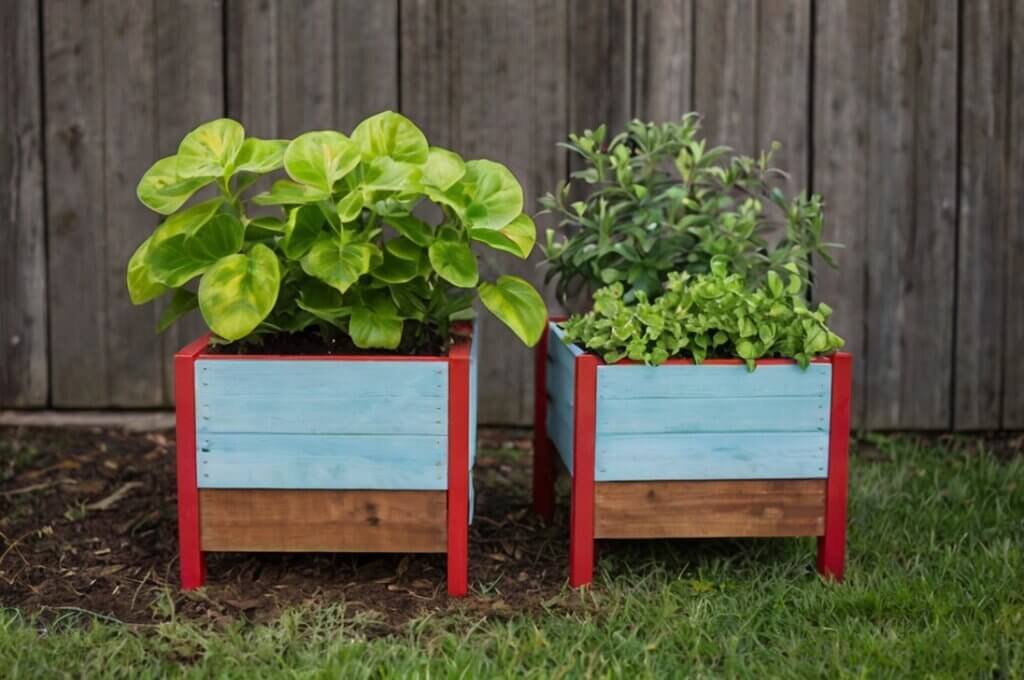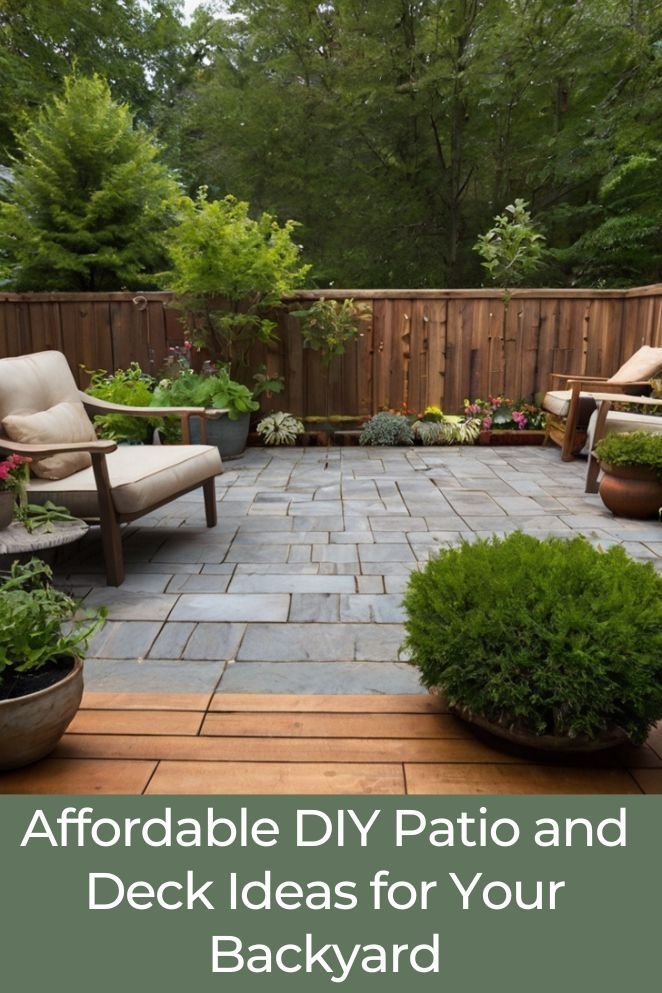
Creating a functional, beautiful outdoor space can truly expand your home’s living area, providing a place to relax, entertain, and enjoy nature.
Building a DIY outdoor space doesn’t have to be overwhelming; with a clear plan and the right materials, you can create a deck, patio, or even an outdoor kitchen.
This guide will walk you through the basics of DIY deck building, patio design, along with some essential maintenance tips to keep your outdoor space looking great year-round.
Planning Your Outdoor Space
Creating a beautiful and functional outdoor area starts with understanding what you need, the limitations of your space, and your budget.
Before diving into any DIY project, take a moment to think about how you want to use your outdoor space.
Define the purpose
First, think about what you want to achieve with your outdoor area.
Do you envision a cozy deck where you can unwind and enjoy a book?
Or maybe you want a functional patio that’s perfect for entertaining friends and family?
Perhaps you dream of a fully equipped outdoor kitchen for cooking and hosting gatherings.
Clearly defining the purpose of your space will guide your planning.
- Read also: A Step-by-Step Guide: DIY Greenhouse for Propagation
- Read also: Transform Your Garden: Easy DIY Greenhouse for Beginners
Measure your space
Next, take some measurements of your outdoor area.
Knowing the size and shape of the space you’re working with is essential.
This information helps you determine what’s realistic and feasible for your project.
It ensures that whatever you design will fit well and make the best use of the area.
Set a budget
Budgeting is another critical step in planning your outdoor space.
The costs for decks, patios, and kitchens can vary widely based on the materials you choose and the complexity of the design.
Establishing a realistic budget early on helps you stay on track and ensures that your project doesn’t become overwhelming.
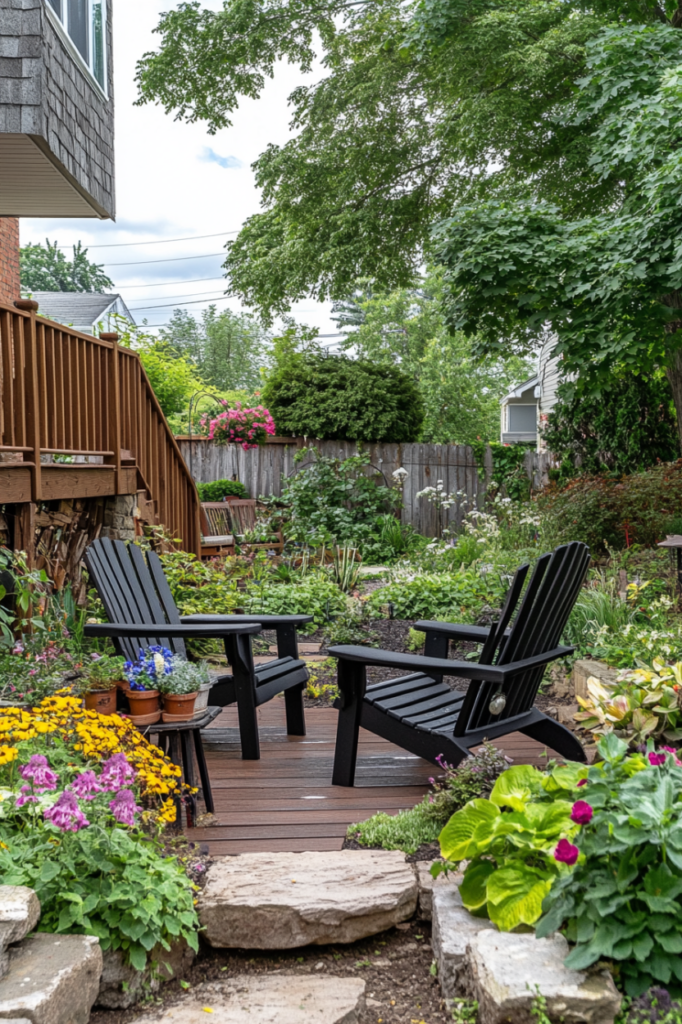
DIY Deck Building Basics
Building a deck yourself can be rewarding, giving you full control over design and materials.
Here are the main steps:
Foundation and Framing
A sturdy foundation is crucial.
For DIY decks, concrete footings or blocks are popular choices for stability and durability.
Your deck frame, usually made from pressure-treated wood, should be level and secure.
- Lay out the deck area: Mark the area using stakes and string to ensure you have the right dimensions.
- Install footings: Pour concrete footings or use blocks for each post. Make sure they’re level to support the deck frame evenly.
- Build the frame: Attach beams and joists securely to the footings. Space joists about 16 inches apart for adequate support.
Decking installation
Once the frame is in place, it’s time to lay the decking boards.
Pressure-treated wood, composite, and hardwoods are popular materials, each offering different benefits.
Start laying boards from the outer edge of the deck and secure each board with deck screws or hidden fasteners.
Railings and stairs
Adding railings and stairs enhances both safety and functionality.
Wood or metal railings can add a stylish touch, while stairs provide easy access.
Measure carefully and ensure each step is level to avoid tripping hazards.
Finishing touches
A weather-resistant finish like deck stain or sealer protects wood decks from moisture and sun damage.
Composite decks may need occasional cleaning, but they don’t require staining or sealing.
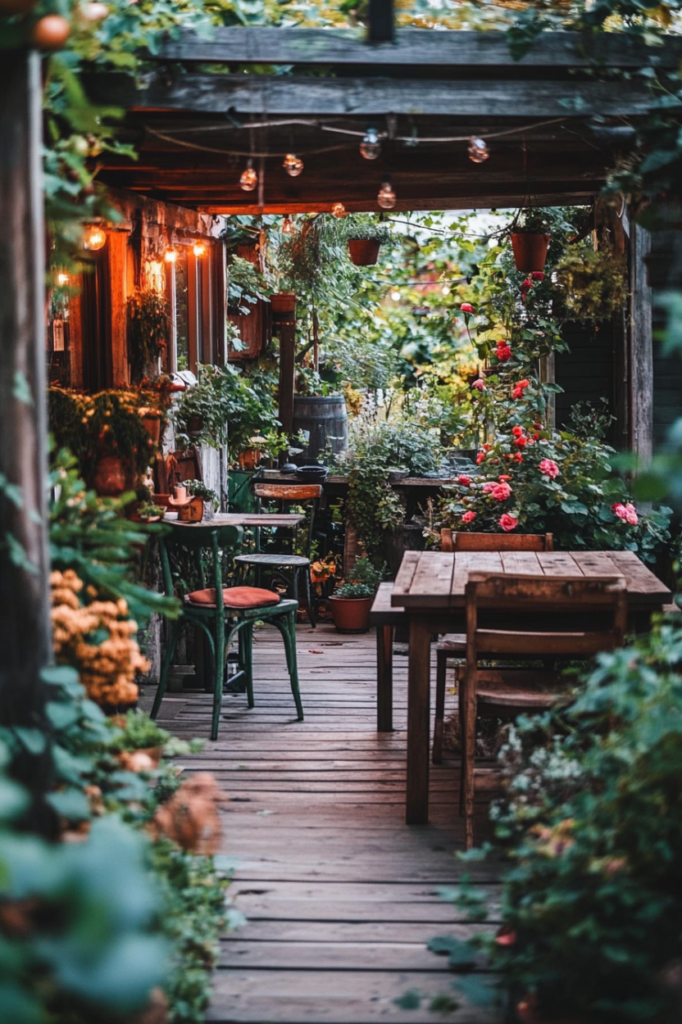
DIY Patio Ideas
Patios offer a lower-cost alternative to decks, with versatile materials and styles to suit your taste.
They can be as simple as a gravel seating area or as intricate as a patterned tile surface.
Patio design inspiration
Popular patio designs include geometric patterns, natural flagstone, and even stamped concrete that mimics stone.
Consider the style of your home and surrounding landscape when choosing a design.
Patio materials
- Concrete: Durable and budget-friendly, concrete patios can be poured and stamped for a customized look.
- Pavers: Available in many colors, shapes, and textures, pavers are easy to install and create a visually appealing surface.
- Gravel: A more rustic option, gravel is easy to install and requires minimal upkeep.
Creating a functional patio
Think about layout and function when designing a patio. Arrange seating, tables, and pathways to maximize space and create a comfortable flow.
Leave room for plants or fire pits if you’d like to add warmth and greenery.
Adding ambiance
Lighting and decor can turn a simple patio into an inviting space. Solar-powered lights, string lights, or lanterns provide evening illumination, while outdoor rugs and cushions create a cozy atmosphere.
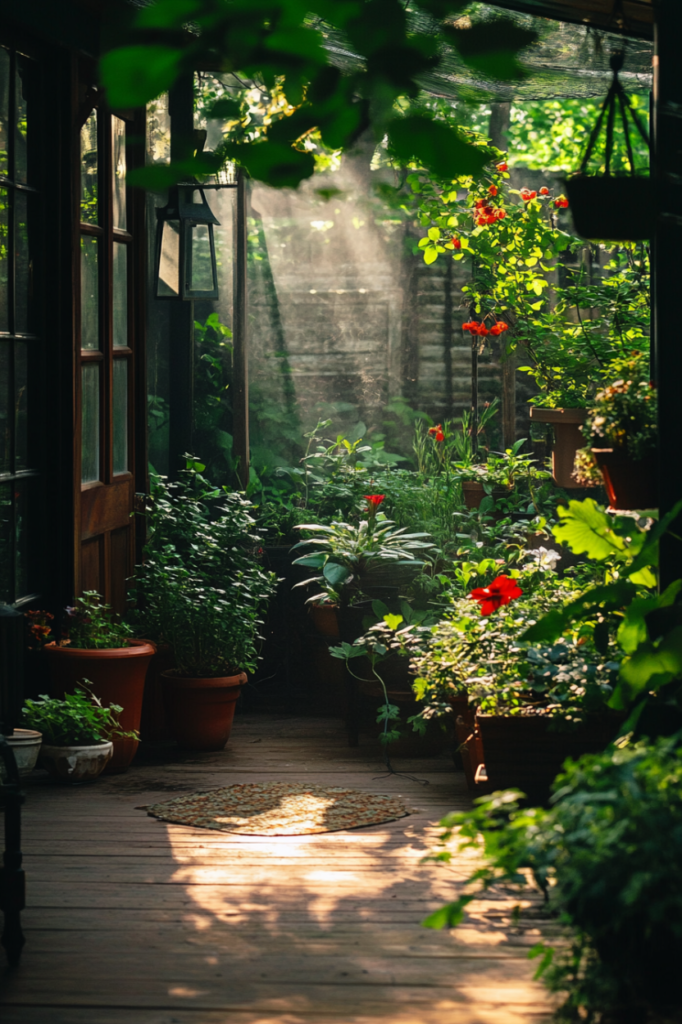
Maintaining Your Outdoor Space
Outdoor spaces require regular upkeep to stay in top condition.
Here’s how to keep your investment looking its best year-round:
Cleaning and maintenance
Regularly clean surfaces to prevent mold, mildew, and grime buildup.
Decks should be swept, and patios can be pressure washed as needed.
An annual deep clean, along with sweeping and washing, keeps surfaces looking fresh.
Protecting your investment
For wooden decks, apply a water-repellent finish annually to prevent rotting and cracking.
Metal railings and outdoor appliances may need occasional rust protection, especially in humid or coastal climates.
Winterizing your outdoor space
Prepare your space for winter by storing furniture, covering appliances, and adding protective covers to decks and patios.
Draining outdoor plumbing lines prevents freezing, while covering grills and kitchens extends their lifespan.
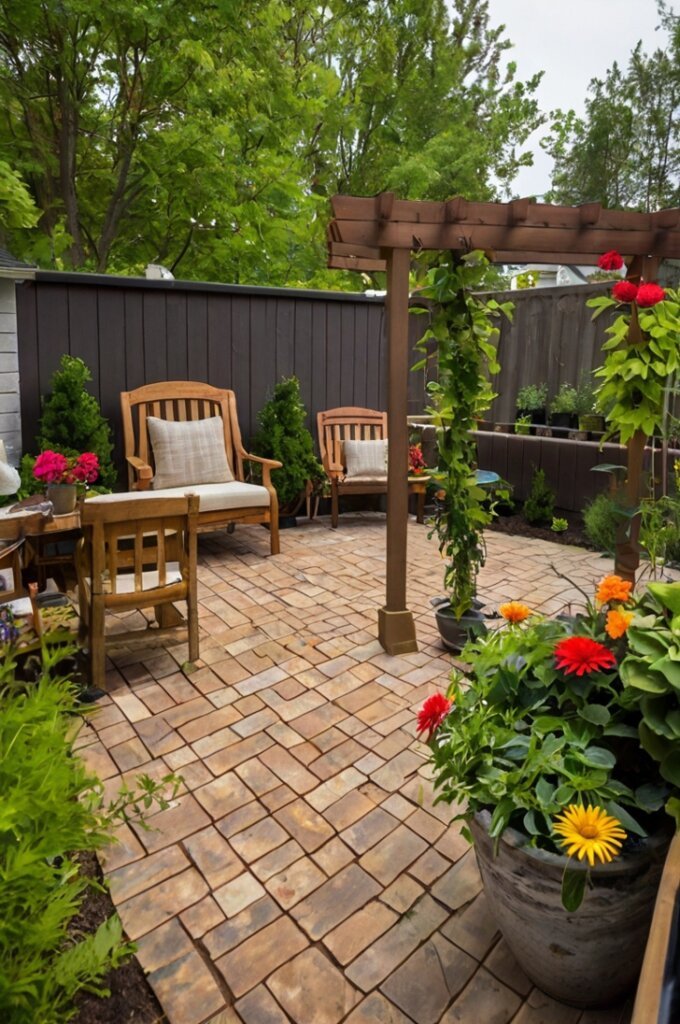
- Read also: Elevate Your Space: DIY Hanging Gardens for Small Spaces
- Read also: Step-by-Step Guide: DIY Butterfly Garden Design Ideas
Final Thoughts
Creating a DIY outdoor space doesn’t have to be complicated or expensive.
With thoughtful planning and the right materials, you can build a deck, patio, or kitchen that fits your lifestyle and budget.
From choosing weather-resistant finishes to adding ambiance with lights and decor, small touches make a big difference.
And with regular maintenance, your outdoor space will be a place of enjoyment for years to come.
FAQs
The cost of a DIY deck varies depending on size, materials, and design. On average, DIY decks can range from $1,000 to $3,000 for a modest-sized space with basic materials.
Yes, you can build a deck on uneven ground. Using adjustable deck blocks or concrete footings allows for a level frame on sloped terrain.
Concrete and pavers are excellent low-maintenance options. They’re durable and require minimal upkeep compared to wood or gravel.
Sealing once a year is recommended to protect wood from moisture and UV damage. If your deck is in a shaded area, you might be able to extend this to every two years.
Solar lights, string lights, and LED lanterns are affordable, energy-efficient ways to add lighting to your outdoor space.

